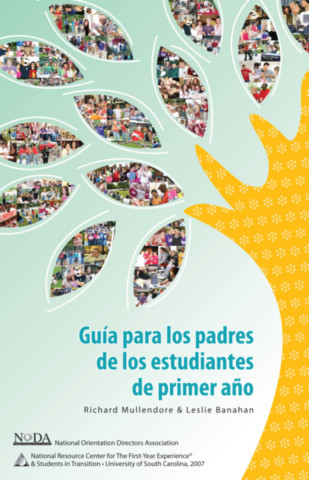Explore the array of NODA’s publications to assist you in your orientation, transition, and retention work on campus.
Helping inform professionals with data-driven decisions from the Orientation, Transition, and Retention field in Higher Education
Our comprehensive database is the only go-to resource for valuable insights and benchmark data in Orientation, Transition, and Retention empowering you to enhance your professional work with confidence. Designed to streamline access to critical information, facilitate knowledge sharing, and strengthen collaboration, it ensures you stay informed, connected, and equipped with the best practices in the field.
The NODA Benchmark Navigator captures information from Institutions and professionals in the OTR field higher education across the globe. NODA staff and volunteers collaborate every three to five years to decipher survey questions most relevant to the OTR field. We distributed a survey with 100 questions to institutions across the country. A total of 238 out of 541 institutions responded.
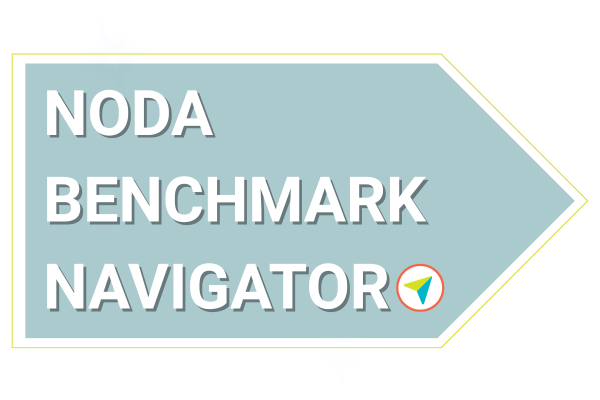
The NODA Benchmark Navigator allows you and your team:
- Make data-informed decisions by assessing program effectiveness, identifying emerging trends, and making strategic choices to enhance student success.
- Benchmark your program’s success by setting measurable goals, tracking progress, and integrating best practices in orientation, transition, and retention.
- Maximize efficiency and resources by reducing time spent searching for information, allowing staff to focus on delivering impactful, student-centered initiatives.
- Strengthen funding and professional development opportunities by using data to demonstrate program impact, justify resources, and support funding writing efforts.
MAIN AREAS OF DATA COLLECTION
Staffing, Funding, Orientation Programming, Transition Programs, Retention Strategy, and Data Collection and Assessment
Those who complete the survey will have full access to:
- Access to executive summary and full report
- Access to full database with filterable results based on institutional demographics
Accessing the Data
- Members receive free access to the exec summary
- Non-Members can purchase Executive Summary, full report and data – $250
- Members may pay for data and full report – $100
*Purchase options will become available in the NODA store in December.
This journal focuses on the trends, practices, research, and development of programs, policies, and activities related to the matriculation, orientation, transition, and retention of college students. Also encouraged are literature reviews, “how-to” articles, innovative initiatives, successful practices, perspectives, and new ideas.
This new publication offers both the philosophical and the practical perspective for orientation, transition, and retention professionals and other practitioners working specifically with students in their first year of college. This piece provides guidance and insight not only to the vast world of college orientation planning, but also a focus on the transition and retention of college students. It is intended to address the many issues Orientation, Transition, and Retention professionals are faced with by providing helpful information, new data and forward-thinking theories.
Publishing Info: July, 2019
Cost: $50 for members,$65 for non-members
Correction: The author on page 38 should be Dennis Wiese and the author on page 110 should be Andrene K. Kaiwi. We apologize for these printing errors.
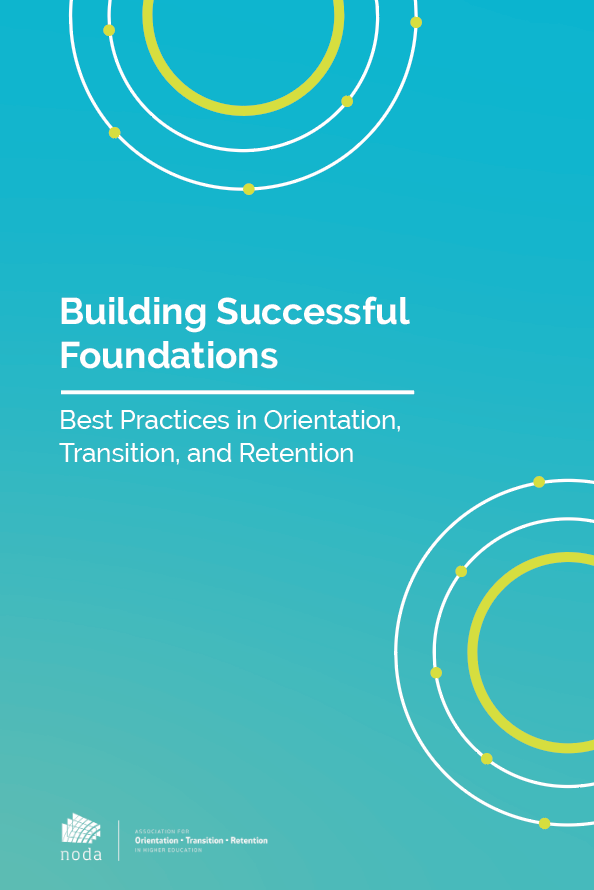
Providing quality orientation, transition, and retention programming is essential to welcoming students to colleges and institutions worldwide. It can be a daunting task –filled with anticipation and excitement, and it can be overwhelming at times. It’s during the planning stages that orientation, transition, and retention professionals often seek resources and solutions. The Orientation Planning Manual is such a resource.
Since the NODA Board of Directors approved the recommendation to change the Association name to NODA, Association for Orientation, Transition and Retention, we felt it was imperative that the chapters within the OPM reflect transition and retention along with orientation. There are several revised chapters and new authors who have written new chapters in the 2014 edition of the OPM.
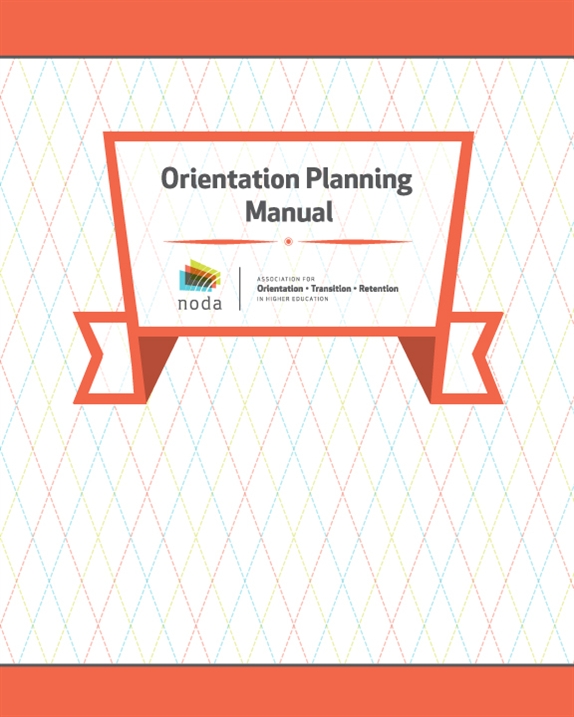
Family members of new college students are often unsure what to expect and how to best help their students succeed in higher education. Focusing on the unique needs of commuter students, this brief guide describes typical challenges in adjusting to college, support services and opportunities offered by colleges and universities, and strategies family members can use to encourage student learning and success. A glossary of college terms is included.
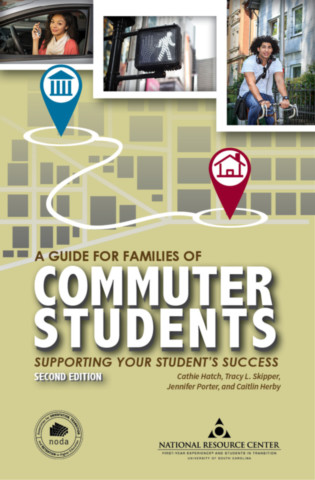
Parents and family members play a critical role in the success of new college students, but those who never attended college or who have been away from it for a while may lack critical information about the purpose, goals, and structure of higher education today. This brief guide offers parents and families an overview of the college experience, especially in the first year, and suggests strategies for helping their students succeed. A glossary of key terms is included. Grounded in the student success research and practice literature, the guide is ideal for use in orientation programs, recruitment events, and family weekends.
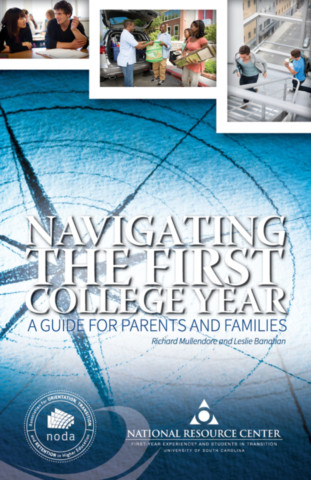
Diseñada para ayudar a los padres a comprender la naturaleza de la transición universitaria y ofrecer consejos para que esa transición sea exitosa no solo para el estudiante universitario de primer año sino también para sus familias, la guía es un recurso ideal para programas de orientación, fines de semana para padres y otros programas para padres.
